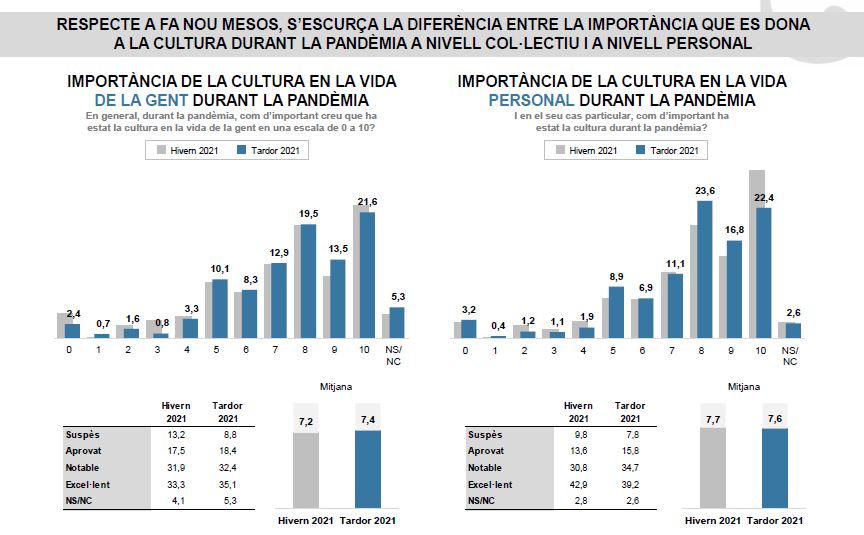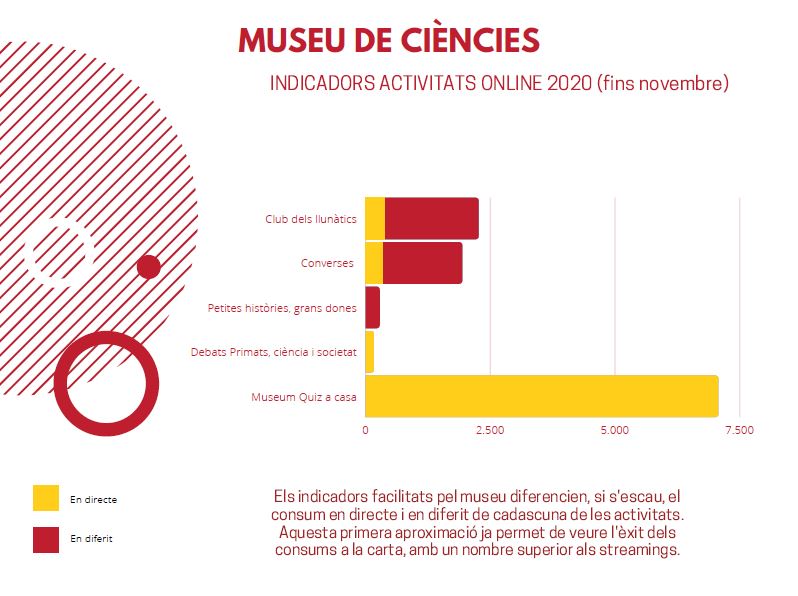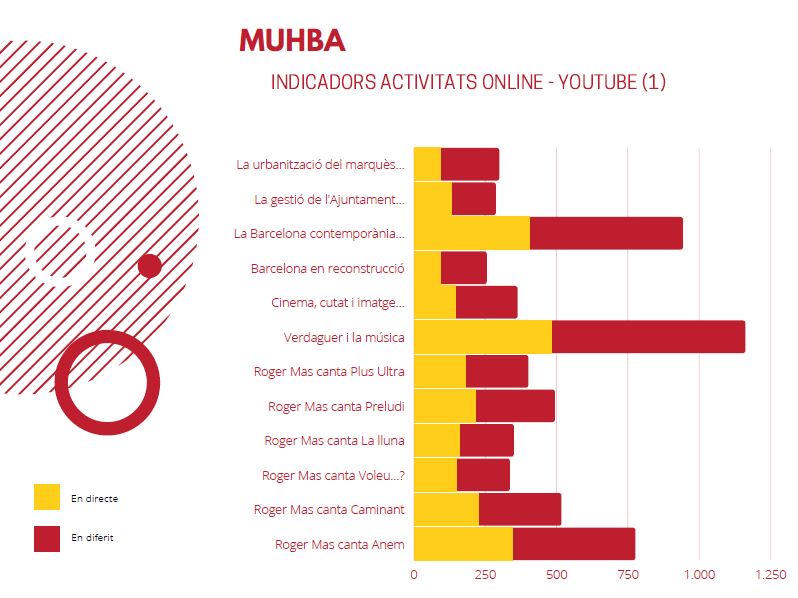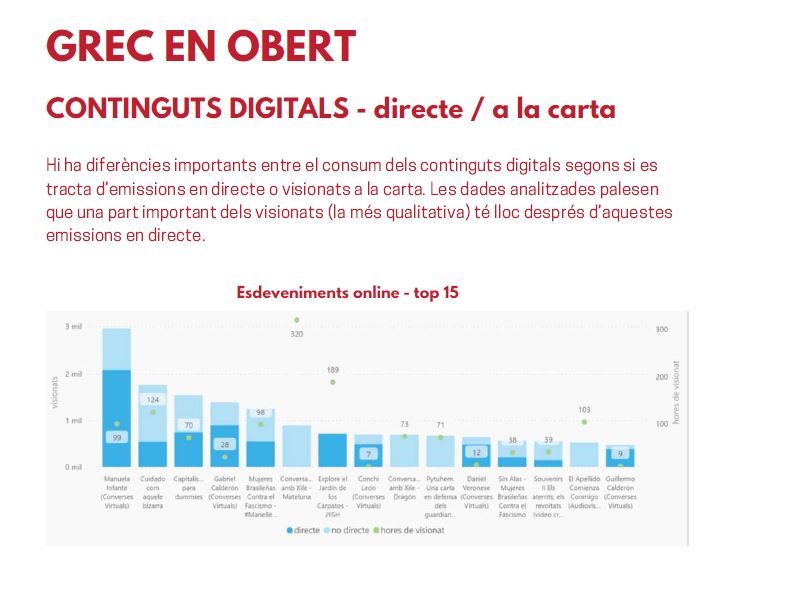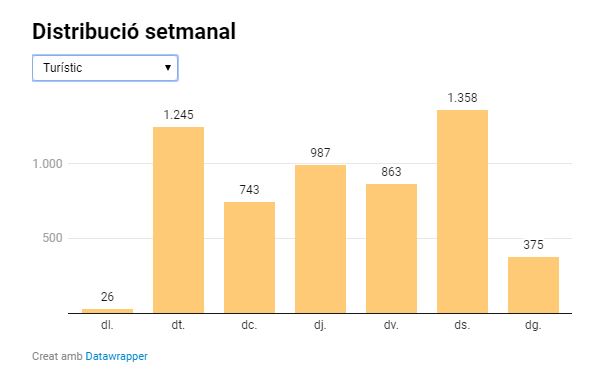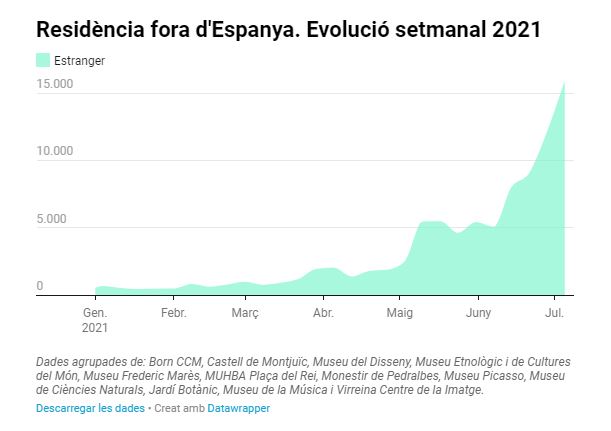The survey on cultural rights in Barcelona, promoted by the City Council, analyses the diverse ways in which city residents experience culture and how the inequalities experienced by some people impact their ability to exercise their cultural rights. Barcelona is one of the few cities in the world that has a survey which enables it to define and evaluate the state of the cultural rights of its population.
Some results
The results of the survey show that in some neighbourhoods, it is more difficult to exercise the right to culture, given the accumulation of factors that generate inequalities. However, the survey also lays bare the fact that the neighbourhood is a source of cultural life. The right to culture is experienced in many neighbourhoods through activities and spaces that are not always recognised as cultural. This seems to be a growing trend in the post-pandemic context.
The survey also shows that everyone has cultural needs and that people give value to culture, regardless of which neighbourhood they live in.
Another key factor that conditions people’s cultural activity and their ability to exercise their cultural rights is the family environment. One of the areas where inequalities linked to the family are most evident is in artistic training or education. Likewise, the survey shows that inequalities affect the cultural rights of children. In more affluent neighbourhoods and family environments, children are able to exercise their cultural rights more and more often.
Lastly, the survey also shows the importance of gender identity and (migratory) origin for people’s cultural life. In this regard, the closure of cultural spaces affects everyone, but some more than others.
For more information, go to:
- Presentation of the survey
- Executive summary
- Register of surveys and opinion studies of Barcelona City Council. Registration number 22045







